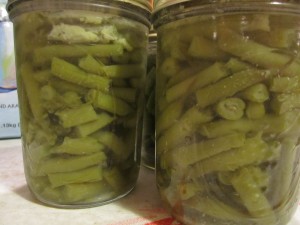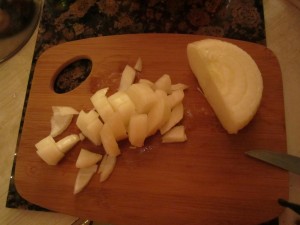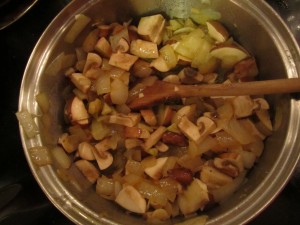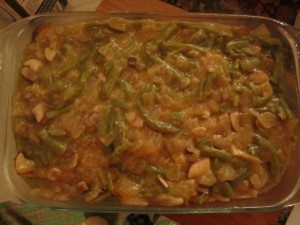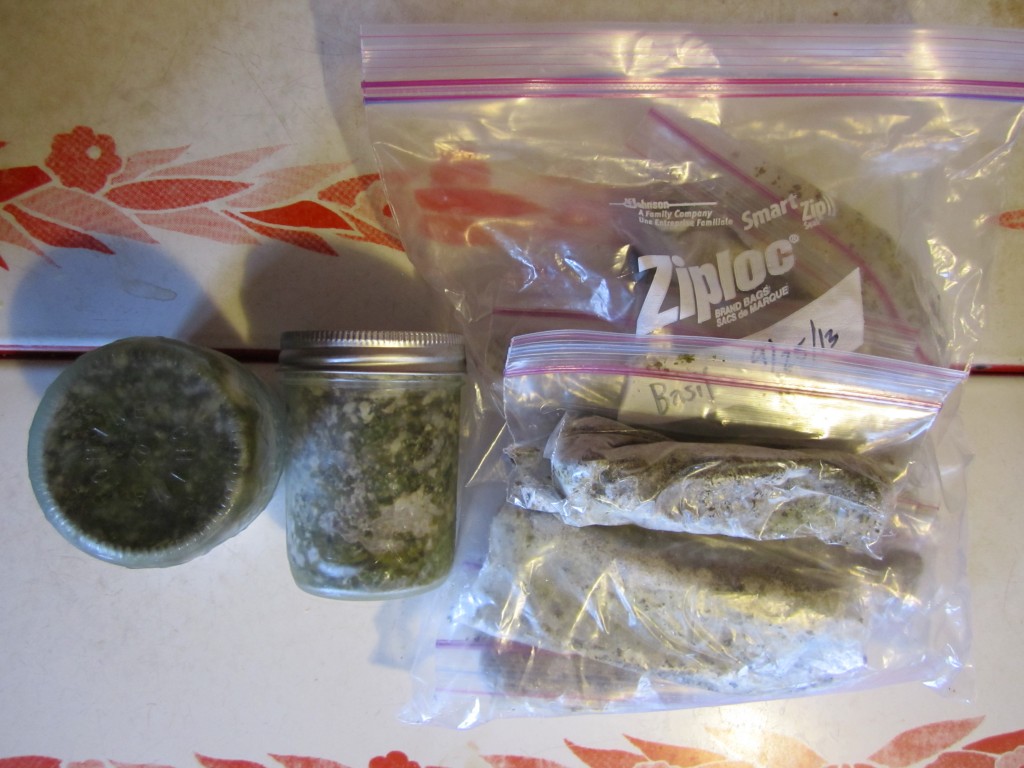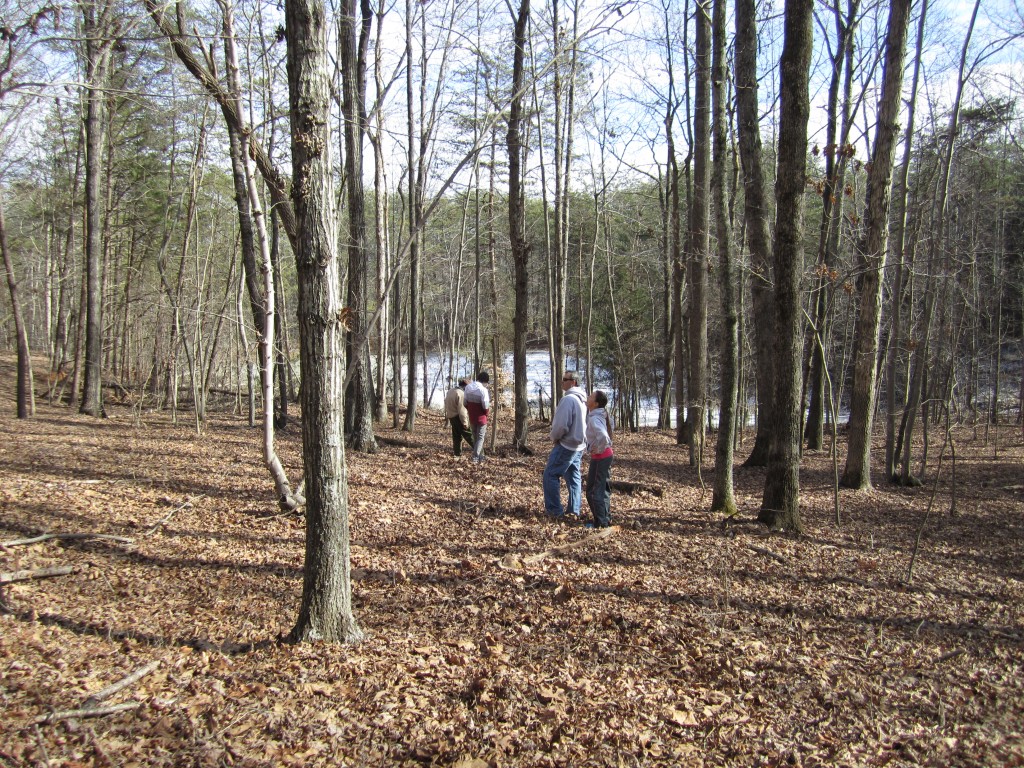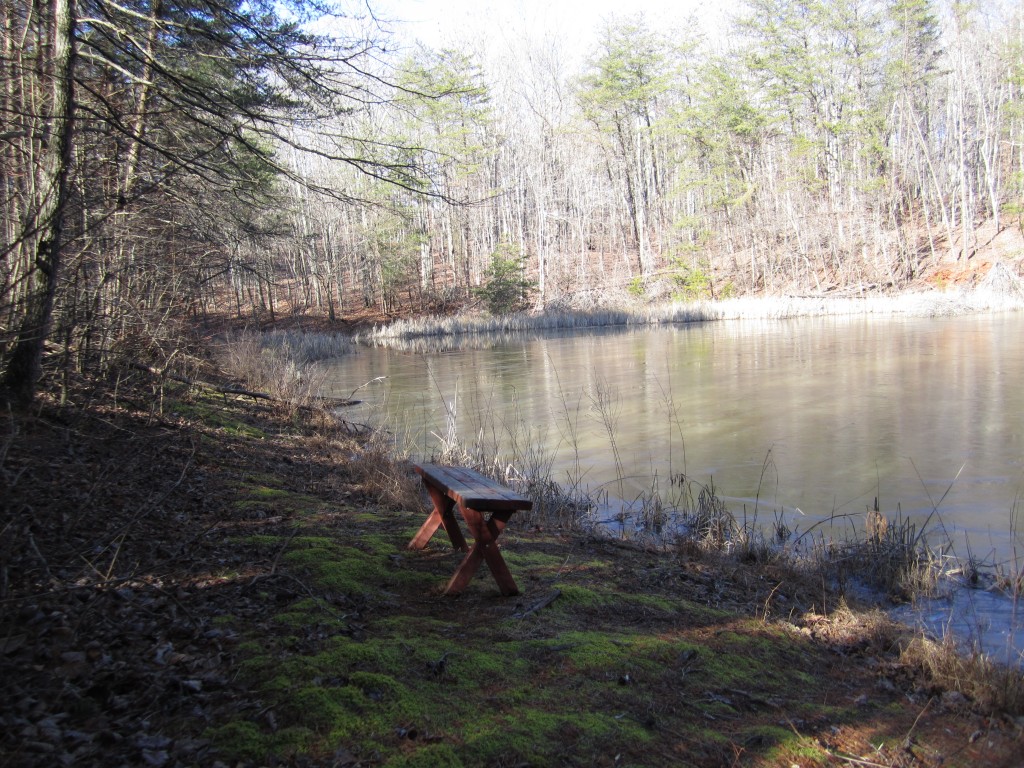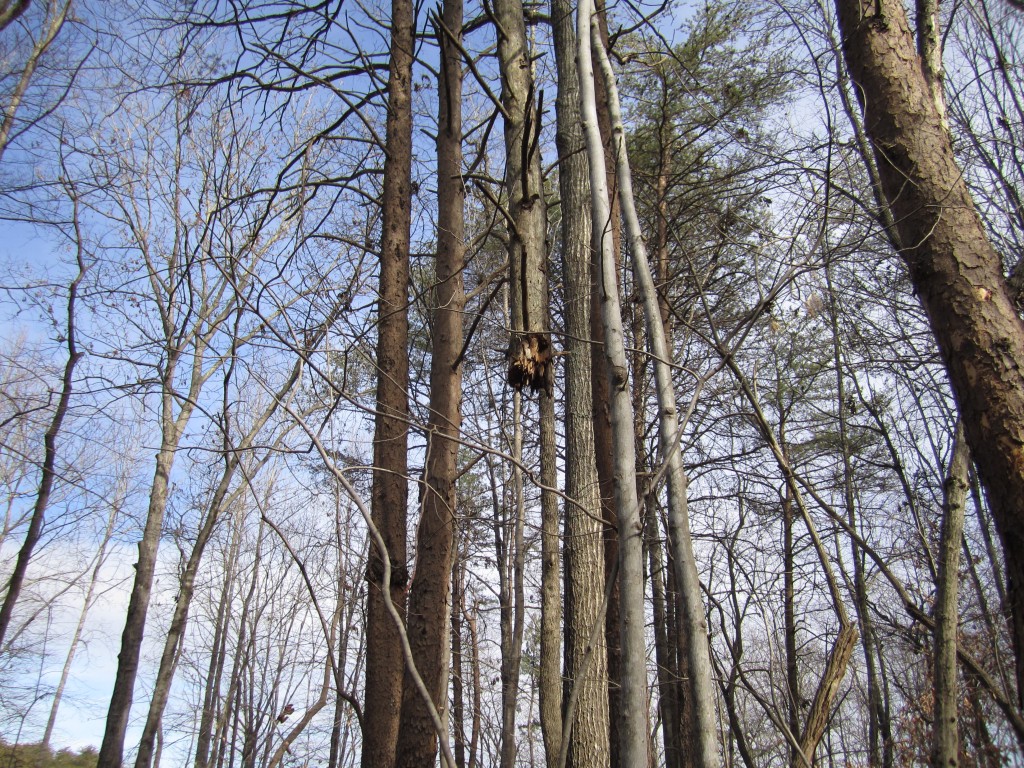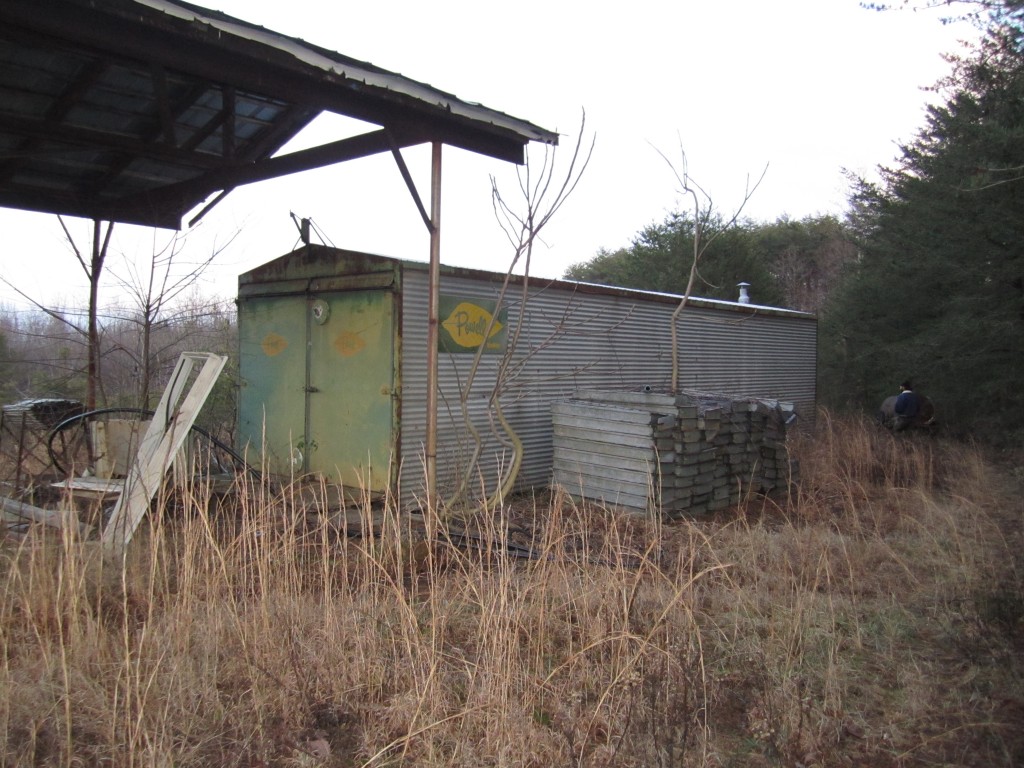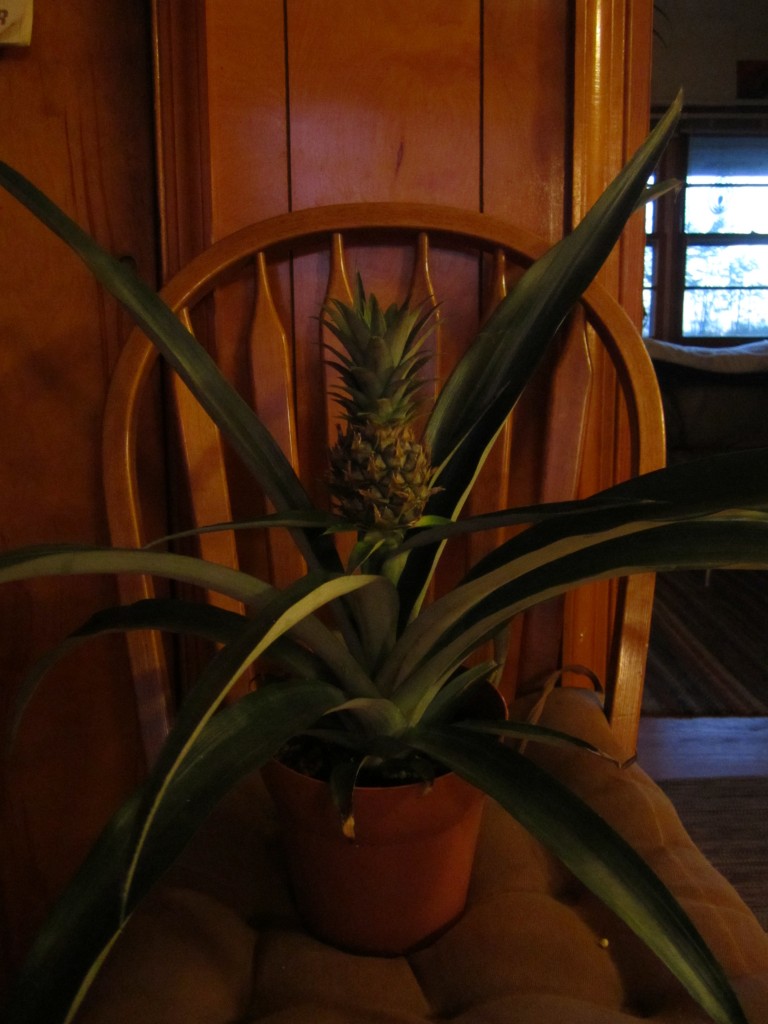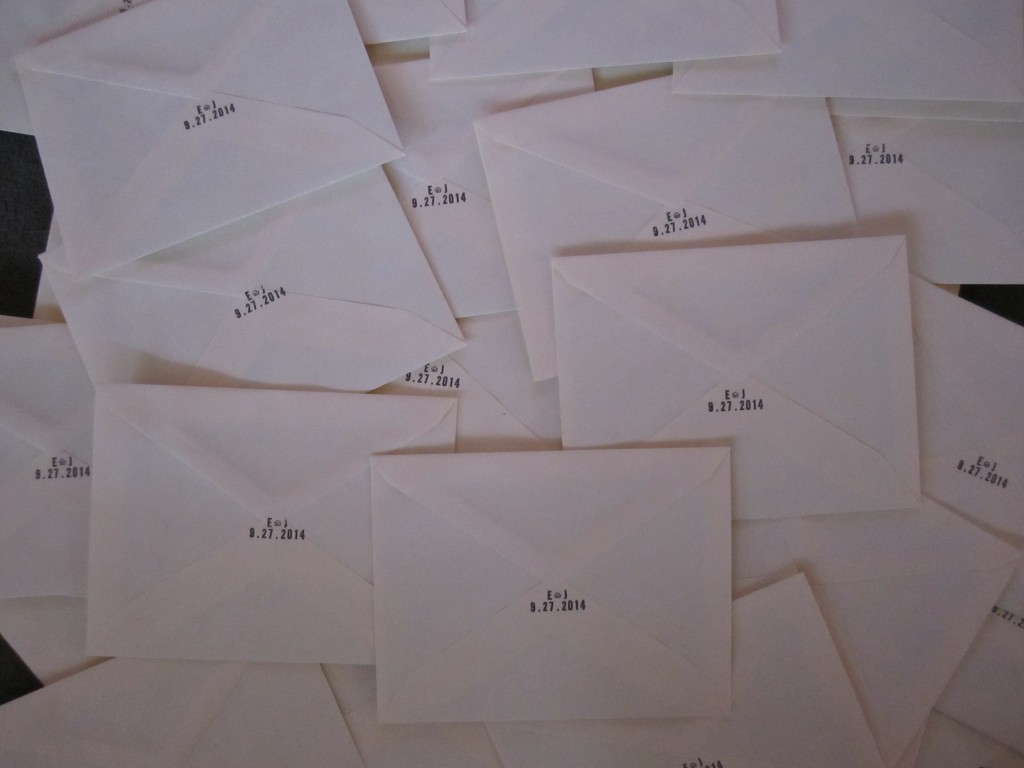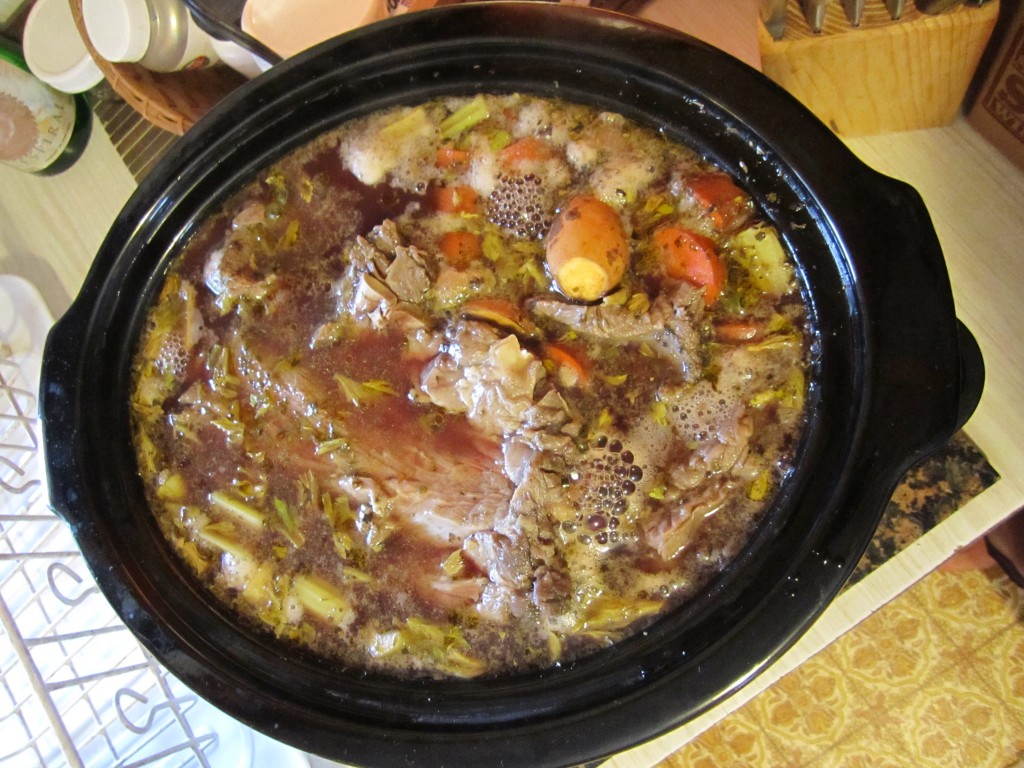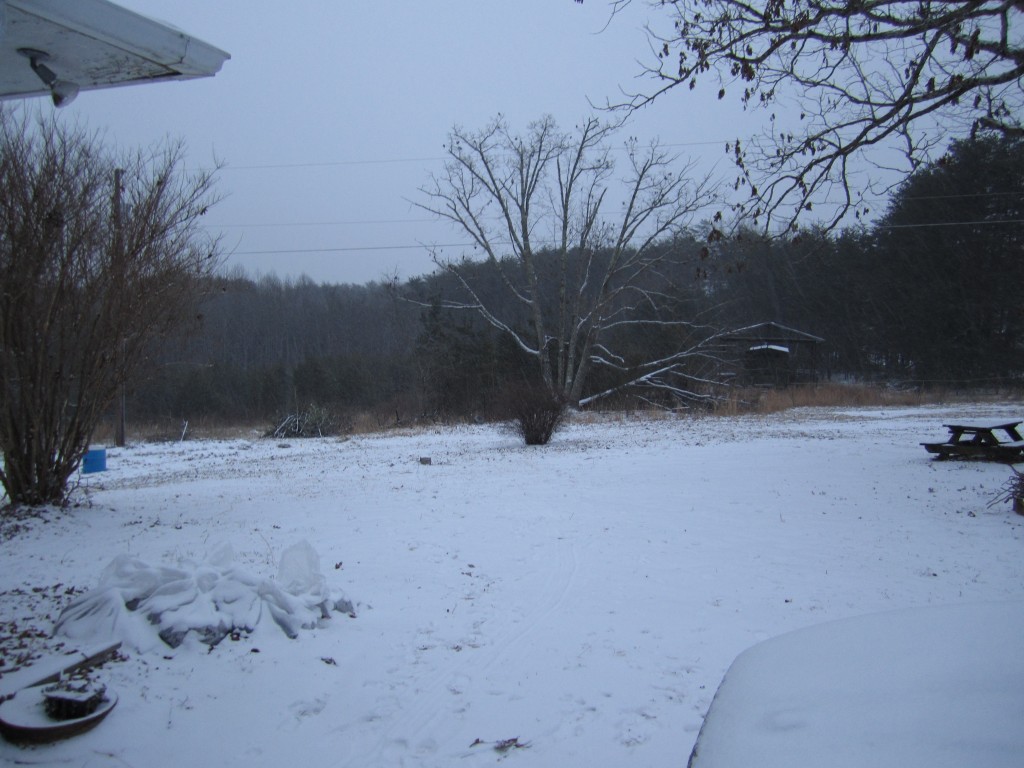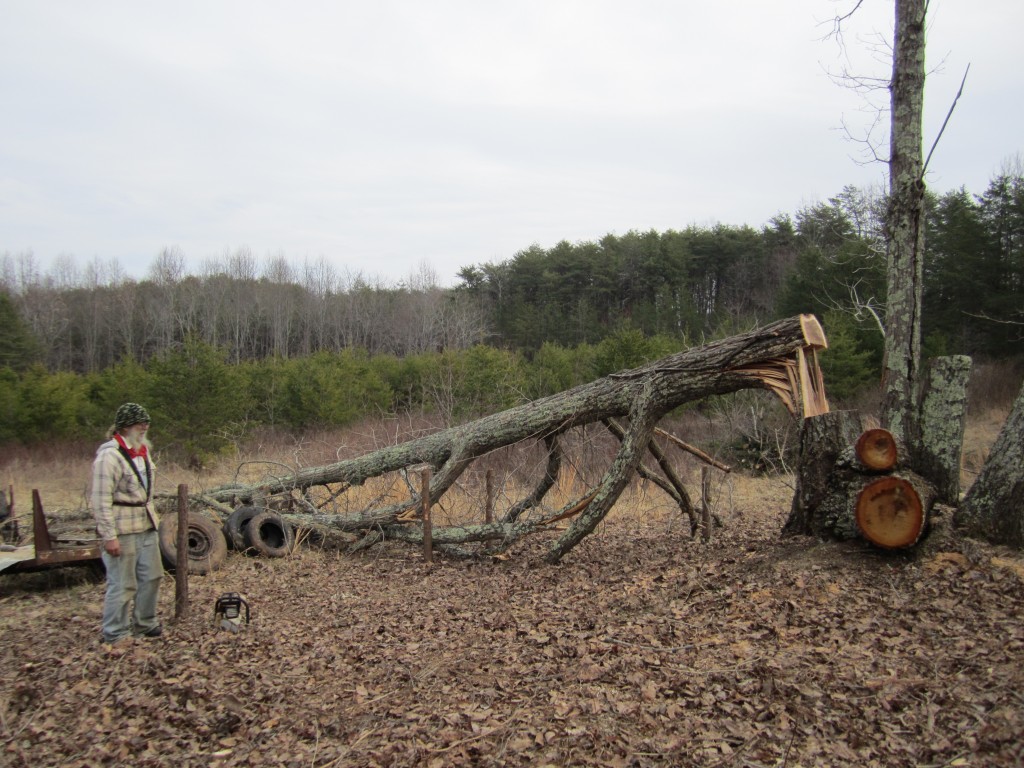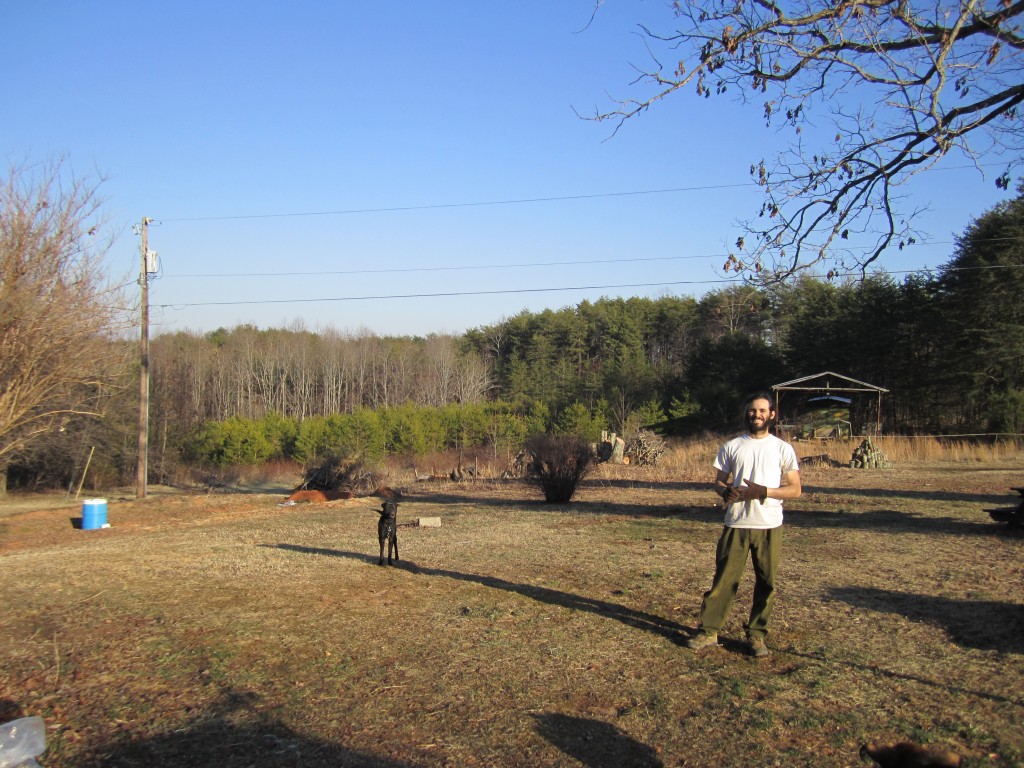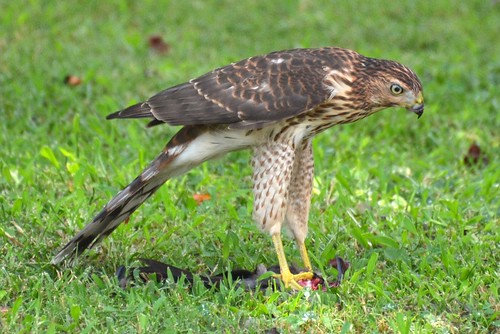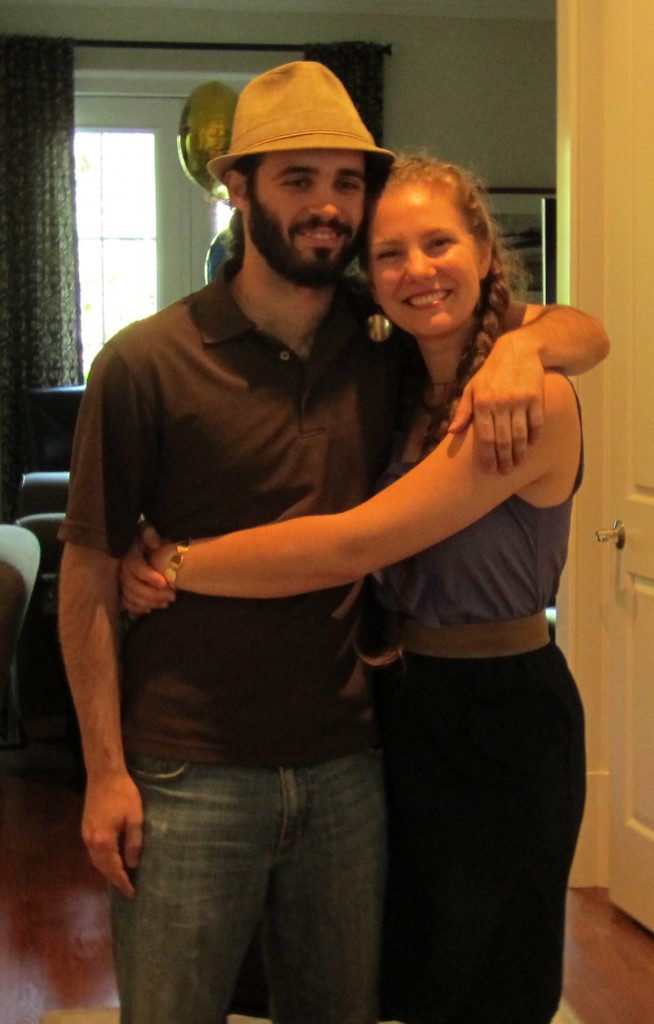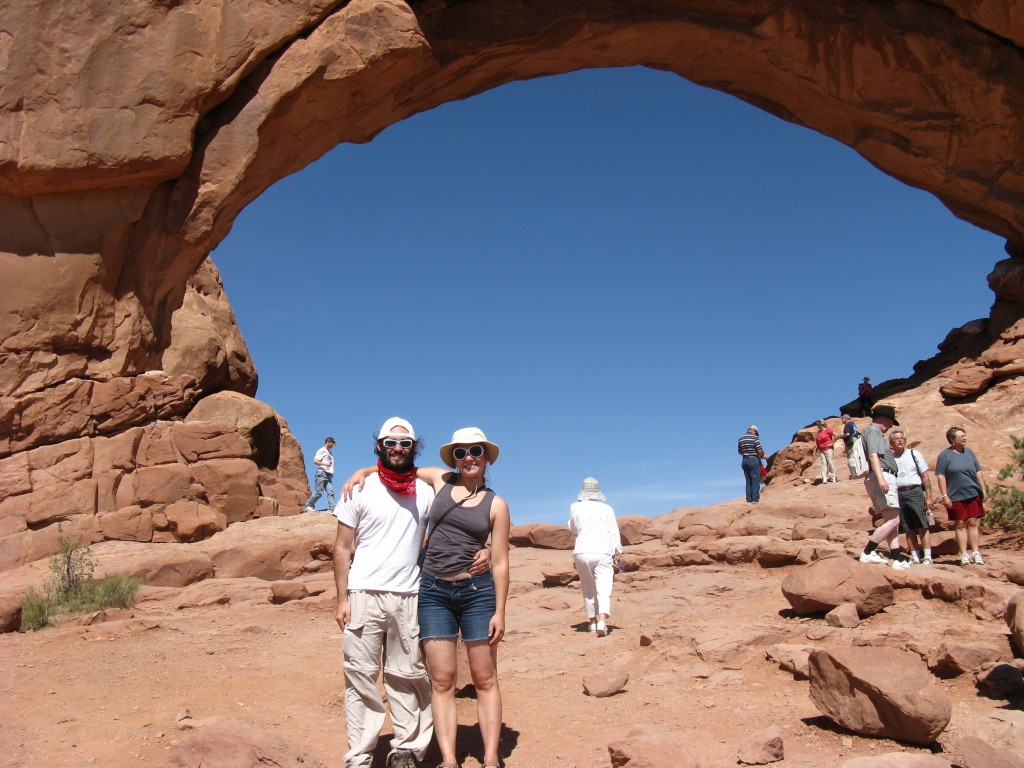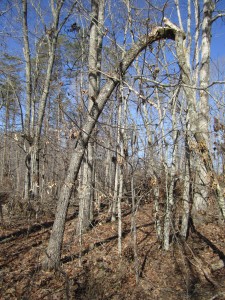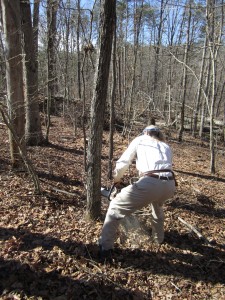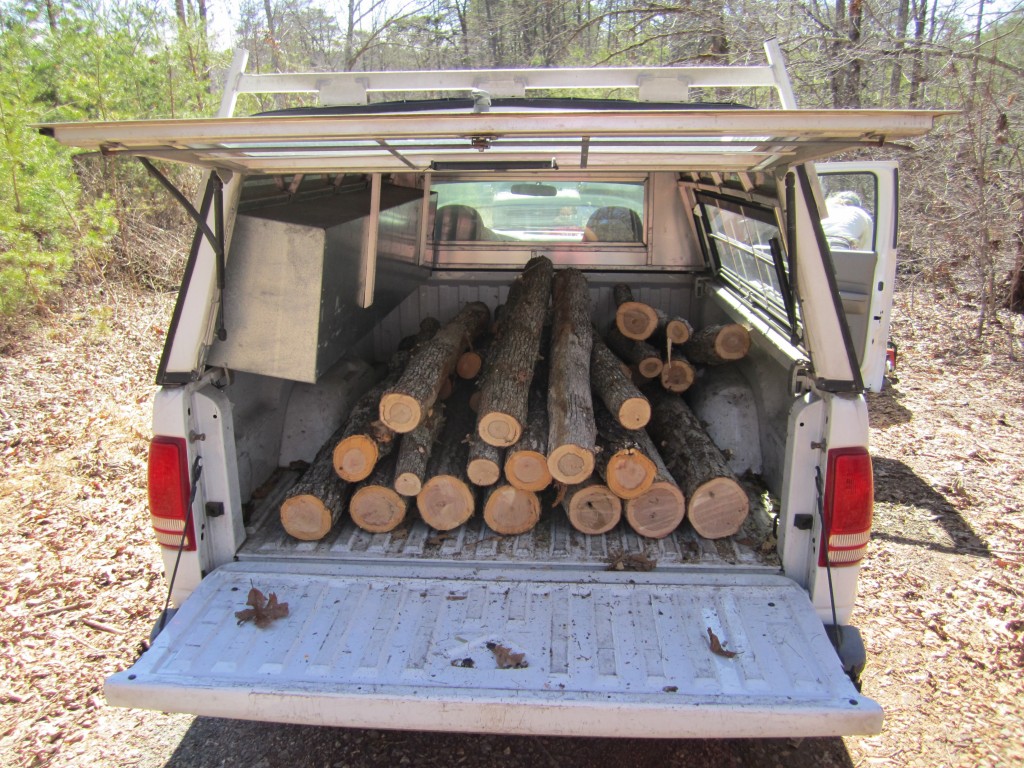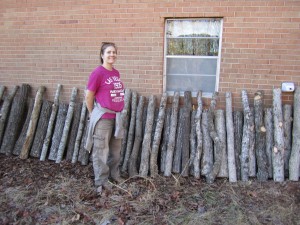my mom makes the best green bean casserole, partly because she always uses green beans from my dad’s garden and partly because, well, she doesn’t open up any cans while making it–she makes it from scratch. this is not the first or the last of oma’s recipes that you’ll see on our blog (oma is the german name for grandmother–the name my mom wants to be called once grandkids arrive).
i just tried my hand at recreating her recipe a few days ago, and i can say that i think i did a pretty good job. maybe you’re thinking, “it’s not thanksgiving… why the sudden enthusiasm about green bean casserole?”
well, as is the tradition with farm food friday, i try to share some recipes that highlight a certain homestead ingredient that we (or you) might have a lot of or might just really love eating! hence the green bean casserole idea.
a little bit about my love for green beans: it started so early that i can always remember loving them, even as a young child. i loved them so much, in fact, that in my school days i would always say that green beans were my favorite food when asked. all the other kids would look at me like i was crazy, since they had all said pizza, ice cream, or spaghetti. i also can’t seem to write or type green bean as two words, and i have to backspace and correct myself each time because instead i type greenbean. i don’t think my interest in compound words is to blame, rather that i’ve always imagined that green beans are the beans, worthy of mono-word-dom. all other beans are secondary to me, and i imagine they always will be.
so now that you know what sort of greenbean fanatic i am (yes, the vote is in and i can now resume using greenbean rather than green bean), you might be even more interested in this week’s farm food friday recipe. yum!
the ingredients:
- 3 pints of greenbeans (grown in our garden, snapped, boiled, and frozen in their own broth since september). greenbean broth is super nutritional, and once you use the greenbeans for the casserole, i recommend saving the broth for drinking later. it’s best when warm!
- 1 or 1 1/2 large onion(s)
- 10 garlic cloves
- 6 medium or large baby bella mushrooms (optional). once our shiitake mushrooms come in we will be using them instead!
- milk (i use unsweetened coconut milk, but whatever you use for baking or cooking will be fine)
- olive oil or butter
- flour
- garlic powder
- salt and pepper
- soy sauce
- french fried onions (optional)
the gear:
- a large saucepan
- a medium-sized casserole dish
- large spoon, whisk, knife
- cutting board
the directions:
- before you begin cooking, drain the liquid from your greenbeans (but save it!) to have them ready to mix in when the time comes.
- dice and saute the onions (in plenty of olive or butter) on medium-low for about 10 minutes. add some salt and garlic powder while stirring.
- dice the garlic gloves and mushrooms and add them once the onions appear transparent. add a couple dashes of soy sauce while stirring.
- at this point you will begin to make the rue in the same pan as the vegetables. the key is to keep the ratio between the olive oil/butter and the flour equal. so, add as much of these ingredients as you like (depending on how much liquid you would like your casserole to have) but pay attention to your ratio and be sure to create enough rue so that once you stir in the greenbeans you still have some stir-ability. i believe i added about 1/3 cup of flour to my pan, and a little bit less than 1/3 cup of olive oil (since there was already a good bit in the veggie mix). use your whisk to stir this in well.
- add a couple more dashes of soy sauce and a bit more garlic powder, salt, and pepper.
- add around 1 cup of your milk and continue to stir the concoction with the whisk.
- this is the time to check your rue; taste it if you’d like. add any more of the spices or more flour, oil/butter, or milk if you feel like the recipe needs more balance.
- when you’ve decided the rue and veggies are good-to-go, stir in your pints of greenbeans.
- once the greenbeans are mixed evenly among the other ingredients, transfer all to your ungreased casserole dish. spread the mixture evenly throughout the dish and smooth the top.
- bake in the oven for 40 minutes, at 350 degrees.
- briefly remove the casserole from the oven and sprinkle as much or as little french fried onions over the top that you like (i put a ton of them on top, while my mom doesn’t put any).
- bake in the oven for another 10 or 15 minutes, depending on your desired crunch factor.
- serves 6-8 average folks, or 3 or 4 gluttonous jasons and emmas. enjoy!
p.s. an added bonus to this recipe… it tastes even better as leftovers, since the rue and vegetable flavors have had time to meld. next time i plan to make a double batch so that it lasts longer in our house than just for 2 meals.
.:.
